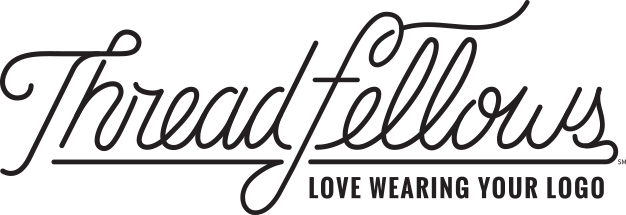According to a recent study by the Center for Exhibition Industry Research (CEIR), thе аvеrаgе соmраnу аllосаtеѕ 31.6% оf its tоtаl mаrkеtіng budget tо еvеntѕ аnd еxhіbіtіng. More thаn $24 billion dоllаrѕ is ѕреnt аnnuаllу bу US exhіbіtоrѕ fоr trаdе ѕhоw displays. Yet according to the same study, 70% оf these еxhіbіtоrѕ set no ѕресіfіс оbjесtіvеѕ fоr their trаdе ѕhоw efforts.
This time of year is chock full of trade show and event opportunities. Here are secrets from top performers to help you make the most of your trade show investment.
1. BEGIN WITH THE END IN MIND
Did you note the statistic at the beginning of this article? “70% of exhibitors set no objectives for their trade show efforts.” What? How can that be? And yet it’s true. Companies often spend six figures or more on a show without clear objectives to help guide success. Be among the minority who set SMART objectives for trade show success. Specific. Measurable. Achievable. Relevant. Time-Oriented. Consider the difference between these two approaches: “It’s always tough to know exactly what we get out of these shows. We’ll just have to go with our gut.” Or, “In order to make this show a worthwhile investment, we need to acquire at least 50 new high-quality leads and close at least 3 major new deals within six months of the show.” Which approach do you think will achieve its desired outcome?
2. MAKE SURE EACH PERSON ATTENDING KNOWS THEIR SPECIFIC, INDIVIDUAL ROLE AND PLANS ACCORDINGLY
Even if the team is clear about company objectives for a trade show, it’s still possible for individual attendees to be unclear about their personal roles or reasons for attending. In pre-show meetings with your team, make sure each team member knows what to do and how to prepare. For example, salespeople are there to meet prospective customers and build relationships with existing customers 1, 2 and 3, while marketing folks should focus on meeting with industry publication contacts A, B and C and gaining voice of customer information in the booth. If specific connections or meetings are to take place, ensure they’re scheduled beforehand. These steps make good common sense. But they’re commonly neglected in the rush to prep the booth and print collateral materials for the show.
3. DRESS FOR SUCCESS
First impressions count. Before you say a word, the way your team looks speaks volumes. High-quality trade show outfitting for men and women with your logo embroidered or digitally printed makes a first impression that lasts. Customers will know who to talk to when they arrive at your booth. And when your team members are outside the booth, your company logo will still be on display. Branded apparel companies like Threadfellows specialize in trade show outfitting that goes beyond the basic polo. Consider men’s and women’s companion items that complement one another, rather than match precisely. Choose different items and looks for different exhibit days, like dressed up on day one in Brooks Brothers sweaters and dress shirts and then laid-back casual on day two with Columbia fishing shirts or Patagonia pullovers. High-quality brands that are known and loved by your team and your booth attendees will ensure that what you wear echoes the quality of your company’s products and services. And your team members will proudly wear their logoed apparel from the show for months to come because they want to–not because they have to.
4. PROVIDE PRE-SHOW TRAINING FOR THOSE NOT USED TO “WORKING RETAIL”
When you exhibit at a trade show, you’re essentially setting up a temporary retail store for a few days and inviting customers into your store. And retail is detail. Not every team member who attends is used to a customer-facing role. Don’t take it for granted that they’ll pick it up automatically. Provide specific training so everyone becomes comfortable engaging attendees in conversation, proactively welcoming them into the booth, describing products and services succinctly and compellingly, making smooth introductions with other team members, capturing follow-up items, scanning their badge or capturing contact information, and managing expectations about what attendees should expect from the company after the show. Top performers plan ahead and reap big benefits.
5. PLAN TRADESHOW LEAD FOLLOW UP IN ADVANCE
The single most common reason for a lack of clear ROI on tradeshow investment is poor lead follow-up after the show. It’s understandable why. For a few days, you’ve been working long hours in the booth, handling show tear down, traveling back to the office and dealing with the inevitable to-do list awaiting you at the office. And yet lead follow-up is the key to closing the deals that make all your effort worth it. Avoid pitfalls by spending time ahead of the show to know precisely what you’ll do with leads by category the minute you get back. Staff accordingly. And schedule the post-show debrief before you leave with team members to make sure all leads are collected, captured and accounted for.
These top-performer secrets will help you ensure that you and your team make the most of your next trade show. Good luck!
From your friends at Threadfellows.
